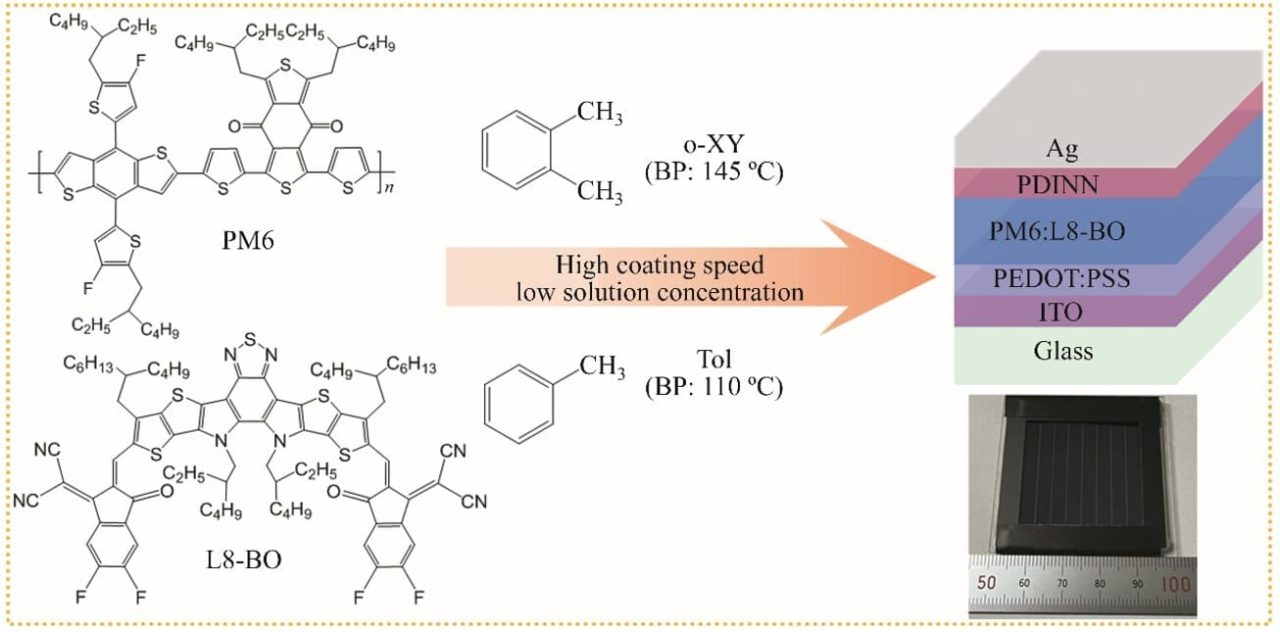
Challenges in scaling up polymer solar technology
Building high-efficiency organic photovoltaic modules is no longer a futuristic goal. In recent years, polymer-based solar cells have made remarkable progress in light-to-electricity conversion. Thanks to rapid advancements in non-fullerene acceptors, the technology has crossed the 20% efficiency threshold in lab-scale devices, bringing low-cost commercial production closer than ever.
But scalability remains a challenge. A key hurdle lies in the use of toxic solvents like chloroform or chlorobenzene. These substances are excellent solvents for polymers, allowing precise control over their deposition and morphology, and are ideal for techniques like spin-coating or inkjet printing due to their surface tension and viscosity.
The trade-off? They are hazardous to both human health and the environment. Plus, they require high concentrations, have low boiling points, and present narrow processing windows.
A new approach with green solvents and doctor-blading
That’s where a new study from Central South University in China makes a difference. A multidisciplinary team of chemists and engineers tested eco-friendly solvents for producing organic photovoltaic modules without compromising performance. While green solvents have been explored before, they often failed to dissolve polymers efficiently or manage their morphology with the same precision.
The team overcame those limitations using a high-speed coating method called doctor-blading.
This technique significantly reduces the solution concentration needed for solar cells to just 8.8 mg/mL—far lower than the 15.4 mg/mL required for traditional spin-coating methods. Most importantly, it enables the use of eco-friendly solvents like o-xylene and toluene while maintaining high efficiency.
High-efficiency organic photovoltaic modules
Researchers achieved a power conversion efficiency of 18.20% using o-xylene and 17.36% with toluene at the cell level. At the module level, efficiency reached 16.07%.
“Morphological analysis confirmed that films treated with o-xylene exhibited superior molecular packing and crystallinity, directly contributing to the higher performance” the university stated. “This work represents a significant advancement in polymer photovoltaics” said Dr. Jun-liang Yang, lead author of the study. “By developing a high-speed doctor-blading technique that works with non-halogenated solvents, we’ve not only improved the efficiency of organic solar cells but also made them more environmentally sustainable and scalable for industrial applications”.
The findings were published in the Journal of Central South University.